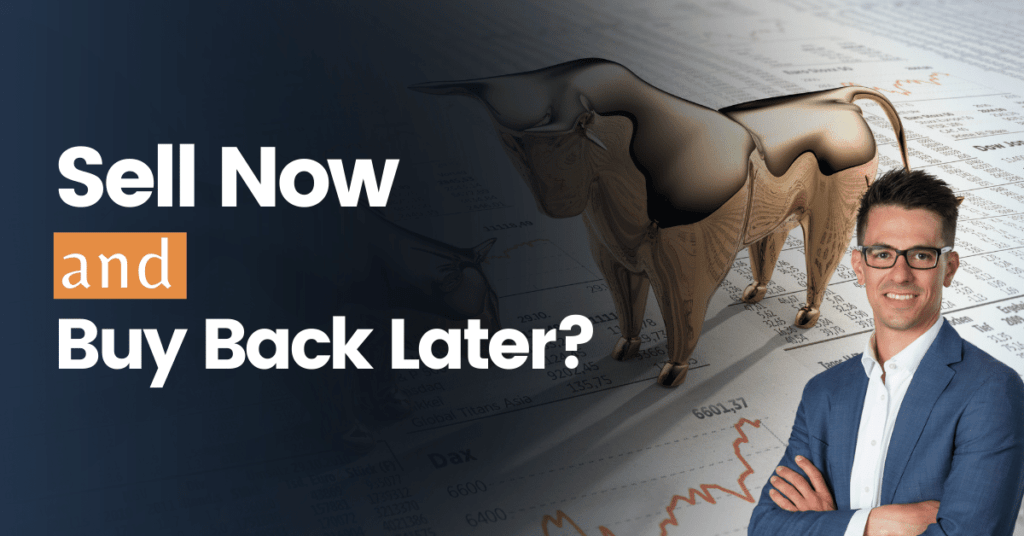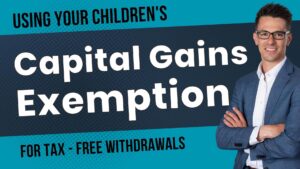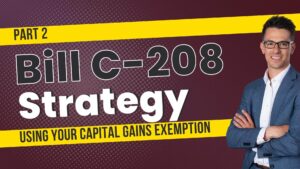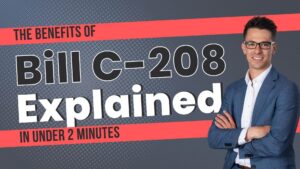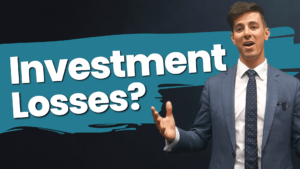[vc_row][vc_column][vc_column_text css=”.vc_custom_1651241898357{padding-top: 20px !important;padding-bottom: 20px !important;}”]
Why don’t we sell and get back in once it’s better?
Trust me, I would love to do that for you, but the risk isn’t worth the reward.
To begin this analysis, let’s go over your two options
- Ride the wave
- Get out and then get back in
1.Ride the Wave Strategy
With this strategy, you’re not worried about trying to time the market; you build a quality portfolio and ride the wave up and down, knowing that stock markets climb and hit new highs over time. You’ve likely seen this US Stock Market (S&P 500) chart before.[/vc_column_text][dt_fancy_image image_id=”8606″ width=”1000″ css=”.vc_custom_1651193150464{padding-top: 20px !important;padding-bottom: 20px !important;}”][vc_column_text css=”.vc_custom_1651242374589{padding-top: 20px !important;padding-bottom: 10px !important;}”]If you buy and hold, you’ll do exceptionally well over time*.
*Note: If you’re currently making portfolio withdrawals or need money in the short term, here’s the strategy to use: Bucketing Strategy for Retirement Portfolios
[/vc_column_text][vc_video link=”https://youtu.be/q9N2DAt0Djk” css=”.vc_custom_1651242385930{border-bottom-width: 0px !important;padding-top: 0px !important;padding-bottom: 50px !important;}”][vc_column_text css=”.vc_custom_1651509460940{padding-top: 20px !important;padding-bottom: 20px !important;}”]
2. Get Out and Back In Strategy
[/vc_column_text][/vc_column][/vc_row][vc_row][vc_column width=”1/3″][vc_column_text css=”.vc_custom_1651509471835{padding-top: 20px !important;padding-bottom: 20px !important;}”]Let’s start by reviewing this strategy from a financial standpoint and, second, from an emotional perspective.
From a financial perspective, here is the risk I mentioned earlier on.
This chart shows how the S&P 500 has performed from 1930 to 2020. It’s up over seventeen thousand percent. Had you timed it correctly and avoided the ten worst days each decade, you’d be up 3.7 million percent! However, on the flip side… had you timed it incorrectly and missed the ten best days per decade, you’d only be up 28%.
This is the risk you take when trying to time the market. The upside is great, but the downside will absolutely kill your long-term rates of return.
Would I like to make a 3.7 million percent rate of return? Of course! Do I want to take the risk of only making 28% when riding the wave gets me a 17,715% rate of return? Not at all![/vc_column_text][/vc_column][vc_column width=”2/3″][dt_fancy_image image_id=”8625″ width=”1500″][/vc_column][/vc_row][vc_row][vc_column][vc_column_text]Here’s another visual that references a shorter time frame. It represents $10,000 invested over 15 years:[/vc_column_text][dt_fancy_image image_id=”8608″ width=”1000″ css=”.vc_custom_1651202241180{padding-top: 20px !important;padding-bottom: 20px !important;}”][/vc_column][/vc_row][vc_row][vc_column][vc_column_text]Source: https://www.putnam.com/literature/pdf/II508-ec7166a52bb89b4621f3d2525199b64b.pdf
From 2006 to 2021, if you missed the 10 best market days, your return would have gone from 10.66%/year to 5.05%/year. Again, are you willing to risk losing 50% of your portfolio’s return by predicting market movements incorrectly?
Let’s review these “best days” that we keep referencing. Are they easy to predict? Generally, they happen right after the biggest market drops, which are typically the exact times someone would be sitting in cash, waiting for things to look better.
For example, back in March of 2020, the US stock market plummeted on news of the Covid-19 virus. From the bottom, they started to recover on March 24th, and over the next five trading days, the market jumped over 17% (fueled by the massive one-day return of 9.38% on March 24th, 2020 – one of the best market days ever).
Those who had gotten out and were waiting to get back in until things looked better almost certainly would have missed these returns. Why? Because the March 23rd news cycle wasn’t very positive.[/vc_column_text][/vc_column][/vc_row][vc_row][vc_column][dt_fancy_image image_id=”8613″ width=”1000″ css=”.vc_custom_1651202272509{padding-top: 30px !important;padding-bottom: 30px !important;}”][vc_column_text]
Emotions
So, this brings me to my second point. From an emotional standpoint, trying to “buy back in when it’s better” is extremely hard, if not impossible. As the above headlines prove, how would you have known that March 23rd, 2020, was the day to buy back into the market? Emotionally, everything inside of you would have been screaming danger, danger! A week later, after markets jumped 17%, would you have considered this a better time to invest?[/vc_column_text][dt_fancy_image image_id=”8610″ width=”1000″ css=”.vc_custom_1651198344344{padding-top: 20px !important;padding-bottom: 20px !important;}”][vc_column_text]One week later, things didn’t seem any better, so it would have been hard to get back in even at that point. It would have been entirely justifiable to think that the recent 17% increase would come crashing down again.
Summary
This is why we don’t try to time the markets. It’s a significant financial risk that’s not worth taking, and we don’t believe anyone can do it right consistently. Our clients hire us to invest their money, not speculate. The buy and hold, ride the wave strategy provides the highest probability of long-term success while reducing stress and uncertainty.
As always, we continue to monitor our portfolios. If this recent market correction turns into a bear market, we’ll do the same thing we did in March 2020: Take advantage of stocks trading at a discount by buying low and riding the recovery wave back up.
Source: www.Ycharts.com[/vc_column_text][/vc_column][/vc_row]

